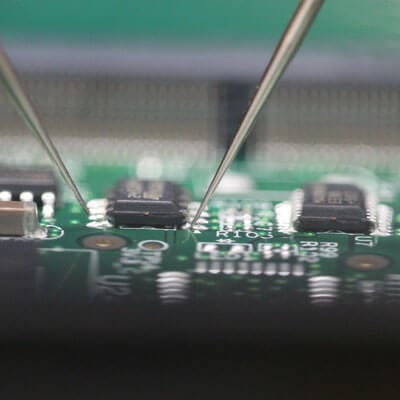
PCB experts know the major benefits of automated assembly processes: reduced errors, increased output and consistent quality- but is automation always better?
The usage of SMT line machines has become standard practice in PCB assembly and is thought to be more efficient; however, SMT machines are not appropriate for every job. Hand, or manual assembly is a better option for assembling boards in low quantities or using components with unique properties, like heat sensitivity, shape and/or size.
Volume Limits
Volume can be a determining factor of whether or not to assemble by hand. Orders of 10 or less boards, are often best assembled by hand- reducing production time and complications for efficiency and faster turnaround.
Characteristics of Component Choices
The characteristics of chosen components should be factored in before assembly. Careful and potentially time-consuming SMT calibration is required to minimize the risk of damage when using components with:
- Heat sensitivity
- Unusual shape and center of gravity
- Inadequate packaging and/or documentation from the manufacturer
- XY Data
Therefore, low-volume orders using components with unique properties and insufficient packaging or documentation should be manually assembled by a skilled technician.
In general, for efficiency it is best practice to manually assemble boards with a volume limit of 10 or less (like prototype builds), simple technology, and when there are a few individual components per board. Best practices for effective productivity cannot be discussed without addressing safeguards for quality.
SMT lines are preferred for large-volume assembly because they consistently produce quality PCBs and reduce the margin of error associated with manual assembly. The key to ensuring quality of manual assembled boards is having a well-defined manual process with failsafe quality checks that hold hand and automated orders to the same standards. This is typically implemented by limiting manual elements to placement of components on the board.
Before starting your project, we strongly advise consulting with your PCB service provider regarding your PCB assembly options.
